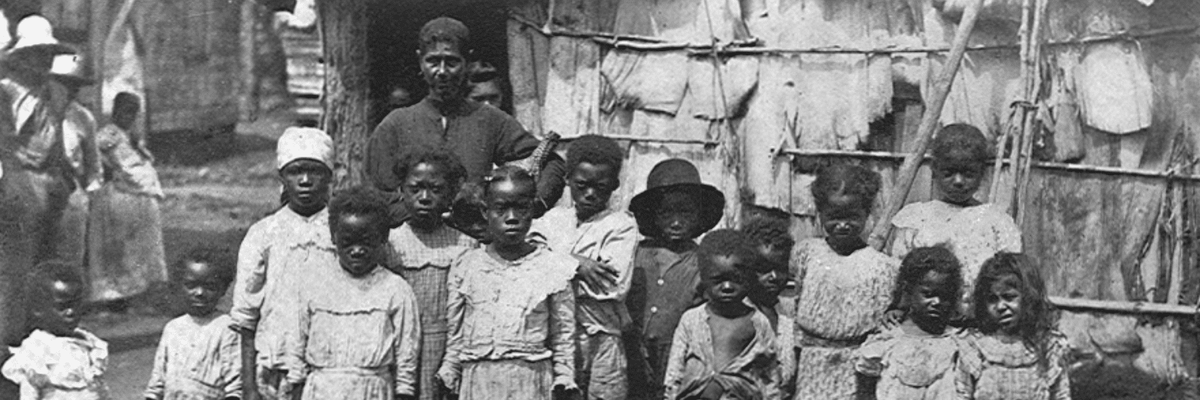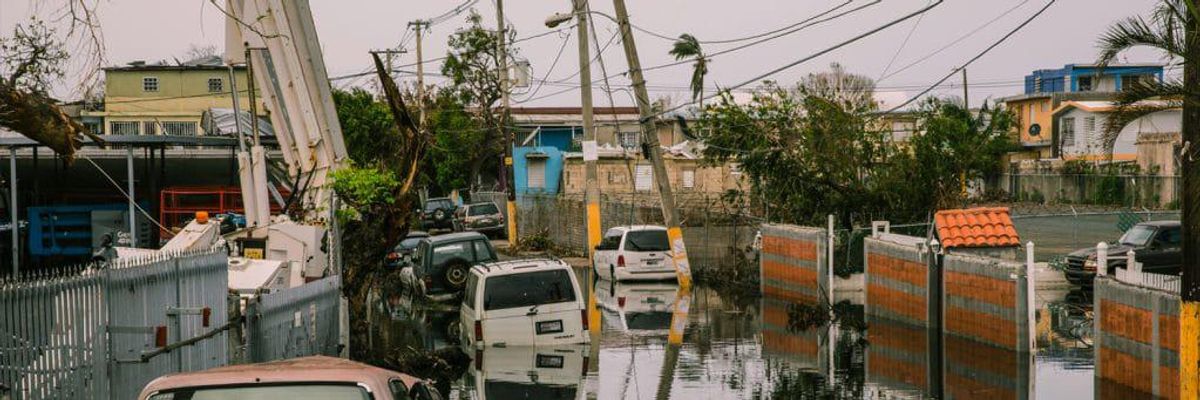In The Community
Puerto Rico has long been a tropical paradise for Americans seeking a tax haven. However, this has come at a cost to local Puerto Rican communities. The Act 22 tax incentive, enacted in 2012, has been the most effective tool to attract rich outsiders to the island, while local Puerto Ricans are losing their homes and neighborhoods.
Under Act 22, wealthy individuals, including crypto investors and other wealthy outsiders, can avoid most US and Puerto Rico taxes by moving to the island, buying a home, and living for part of the year there. This has led to an influx of Americans seeking to take advantage of the tax breaks, pricing out long-time residents and driving up housing costs. Puerto Ricans are losing their homes, and their neighborhoods are being transformed into enclaves for the rich.
This situation is not typical gentrification, but rather a form of colonialism. Puerto Rico is a US colony, and as such, its people do not enjoy the same benefits as Americans living on the mainland. While Americans can move to Puerto Rico and evade US income taxes, many Puerto Ricans can no longer afford to live on their own island. This is a clear example of how colonialism operates to benefit the colonizer at the expense of the colonized.
\u201cAct 22-60 = racism. Gentrification has always been accompanied by the whitewashing of our barrios, but Puerto Rico\u2019s egregiously unfair and racist policy that benefits wealthy expats and pushes locals must be called out and challenged.\u201d— Arlene D\u00e1vila (@Arlene D\u00e1vila) 1682268437
According to reports, this tax evasion is depriving these areas of the much-needed tax revenues that fund essential services like healthcare, education, and public safety. The impact of this loss is devastating, particularly for Puerto Ricans who are being displaced from their homeland due to the rising cost of living.
A group of experienced journalists, researchers, filmmakers, and activists has come together to raise awareness about this issue through a media project called Losing Puerto Rico. The aim is to broaden the narratives around the multiple crises facing Puerto Rico and its people, and to invite action from those who have the power to make an immediate change.
Losing Puerto Rico is urging Congress to take action to end the Act 22 loophole and stop rich Americans from moving to Puerto Rico and living tax-free. The collective is calling on concerned citizens to join the cause by signing a petition to demand that Congress takes swift action to address this injustice.
Organizers have set up ways for people to get involved including this petition which calls for Congress to put an end to this demonstrably unfair practice and ensure all individuals, regardless of their wealth, contribute their fair share to support the communities they live in.
The emancipation of slaves is usually commemorated as a holiday in many countries, and Puerto Rico is no exception. With the Spanish National Assembly declaring on March 22nd, 1873, that slavery was to be abolished on the island, many rejoiced at the concept of this newfound freedom. Unfortunately, as with most emancipations, the freedom wasn’t cut and dry.
Though slavery was declared to be abolished, slaves themselves on the island were not freed from their masters. Instead, slaves had to buy their freedom from their last masters at a price of their master’s choosing. Additionally, slaves needed to work an additional three years as compensation to their masters for the future loss of their labor. Spanish slave owners were paid approximately 35 million pesetas (or $250,573 in modern money) per slave by the Spanish government.

The slave trade in Puerto Rico had a long history on the island, as was common on many Spaniard colonized islands at the time. When Christopher Columbus sailed to Puerto Rico in November of 1473, the native Taíno indigenous population suffered unimaginable suffering from Spanish colonization. After years of enslavement, starvation, and mistreatment, the Taínos quickly dwindled down. In 1517, African slaves were then introduced to the island.

In 1560, Puerto Rican slave owners began the practice of branding their slaves with stamps on their foreheads to be able to identify which slaves were brought legally and to prevent their kidnappings on the island. This practice ended in 1784, and in 1818 the children of slaves were permitted to be bought out of their slave agreements after they were baptized.
Emancipation Day in Puerto Rico is typically used to celebrate the history of the island centered around famous Afro-Puerto Ricans and by dancing plena or bomba. Though emancipation was a great thing for the many slaves that worked to maintain the sugar plantations on the island, slavery lived on the island for almost 350 years before its abolishment.
The celebration of emancipation in Puerto Rico is a reminder of the resilience of Afro-Puerto Ricans but it’s also a reminder that Africans were often subject to complicated rules before they were truly set free, which many would argue, to this day aren’t truly set free at all.
Four years after Hurricane Maria tore through Puerto Rico, the Biden administration lifted restrictions that prevented the island from accessing Trump-era approved funds. As of 2018 and 2019, the U.S. Department of Urban and Housing Development approved funds to allow Puerto Rico to rebuild after the devastation Hurricane Maria brought to the island. Due to restrictions placed on accessing the funds due to concerns of corruption and mismanagement, the Caribbean island had largely been unable to act on plans for reconstruction.
Now, that’s all changed.
Thanks to a recent lift on restrictions that worked to prevent the island’s government from accessing relief, Puerto Rico is ready to tap into over $69 billion dollars in aid that has been largely withheld until now. Restrictions originally included federal oversight to supervise the spending of the aid, incremental grant requirements that severely limited what could be done at the time, and more oversight from its federally-mandated financial oversight board, a result of the controversial 2016 Puerto Rico Oversight, Management, and Economic Stability Act (PROMESA).
Some of the most crucial parts of this aid come at an important time: $20 billion in funding is now available to invest into Puerto Rico’s infrastructure. The devastation from Maria presented an opportunity to improve and update the island’s power grid after 1.5 million customerswere without power for almost 11 months after the storm, making this the largest blackout in US history.
Governor Pierluisi celebrated this victory, and the elimination of the federal financial oversight board. The governor cites this as a win since it will eliminate any hurdles to getting the aid into the hands of towns that need the most support.
Hemos trabajado duro para ganar la confianza que ahora merecen nuestros funcionarios locales, los cuales han demostrado su dedicaci\u00f3n al manejo responsable de estos fondos. (2/2) #GobiernoDeResultados #TodosPorPuertoRico \n@prsecviviendahttps://bit.ly/2Qxnn84— Gobernador Pierluisi (@Gobernador Pierluisi) 1618768766
Pierluisi’s tweet above reads, “We have worked hard to earn the trust that now our local officials deserve, the ones who have demonstrated their dedication to the responsible management of these funds.”





